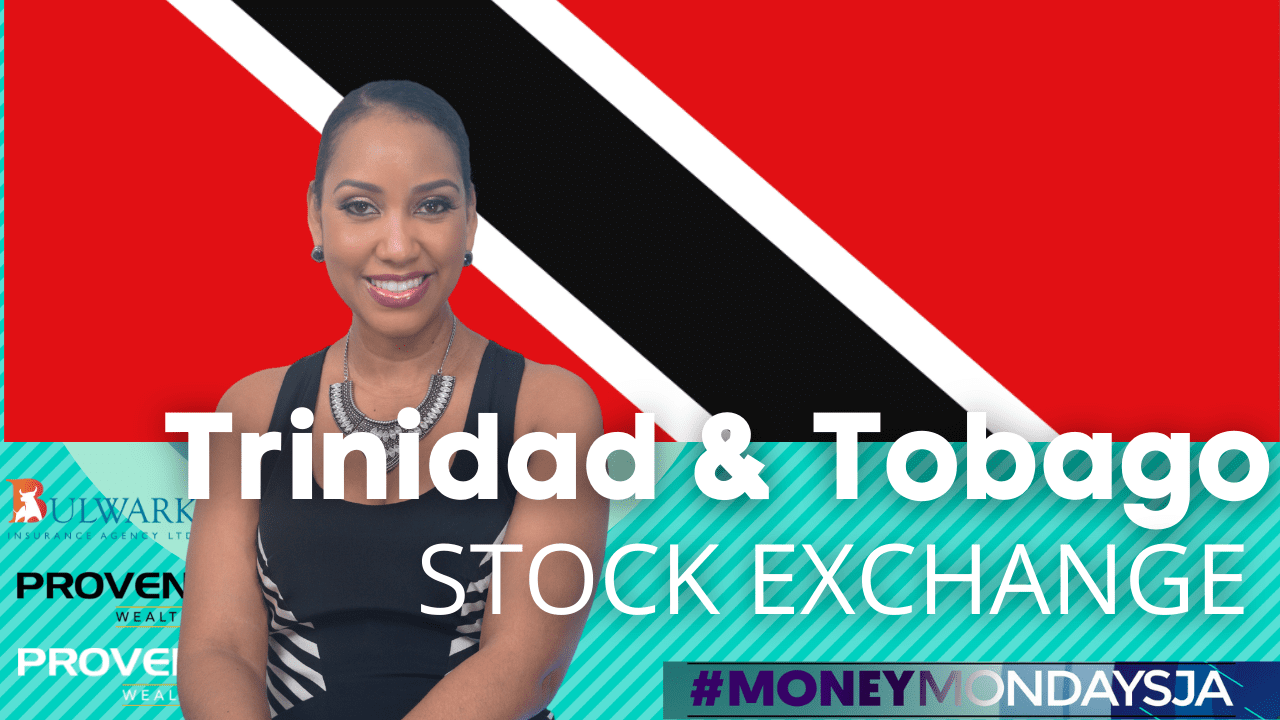Profitability is an important factor when deciding whether you should invest in a company. You want to put your money into something that’s gonna do well right? Obviously. Well today I’m gonna explain how to understand a company’s Profit and Loss statement. I’m Kalilah Reynolds and it’s time for another episode of #MoneyMondaysJa.
TRANSCRIPT
How to Understand Profit & Loss Statements
By Toni-Ann Myrie
Profitability is an important factor when deciding whether you should invest in a company. Today, we explain how to understand a company’s Profit and Loss statement. Let’s take a look at Honey Bun to understand the line items on the P&L statement of a manufacturing company and how finance people analyze them.
Honey Bun generates revenue from manufacturing and distributing baked goods. The first item on the P&L statement is the revenue line, also referred to as the top line because it’s right at the top. This tells us how much money the company made over the year. For the financial year ending September 2020, this company made J$1.67 billion. That was a slight increase from the J$1.5 billion that it earned in 2019.
The next line item is cost of sales. As Honey Bun is a manufacturing company, cost of sales will include the cost of anything that was directly involved in producing the baked products that the company sells, such as flour and sugar, the salary costs of the bakers who bake the goods or the mixers who combine the ingredients and utilities such as electricity, gas and water. Again, we will need to ask questions like what caused the cost of sales to go up? Did the price of flour or gas or electricity go up?
The Profit & Loss Statement for a service-oriented company such as a financial company does not have cost of sales because they are not manufacturing anything.
The next line item is Gross Profit, which is total revenues less cost of sales. Investors watch this metric to see how well companies are keeping costs down.
Then comes Other operating income. This may be one-off income such as gain from the sale of an asset or foreign exchange gain or dividend from another company’s stock that the company owns.
The next items are expenses incurred in operating the business such as administrative, selling and distributive expenses. Sometimes these expenses may increase as a result of the company producing more goods, taking on more staff, or a one-off equipment breakdown. To understand what causes these costs to change, an investor would look at the notes to the financial statements. Note 8 of Honey Bun’s P&L shows that salaries have increased. Note 9 further shows that the number of employees has also increased from 180 to 201, which explains the increase in salary payments.
We also notice that advertising and promotion increased from J$24 million in 2019 to J$36 million, which is a big jump! Since advertising and promotion are related to sales, it’s possible that Honey Bun increased revenue because they dedicated more resources to advertising and promotion. We can even speculate further that with the closure of schools, hotels and many other businesses, they had to increase promotion in export markets or to parents to influence them to buy Honey Bun products when they go to the supermarket.
Next up is impairment gain or loss on financial assets. This may be due to revaluation of an asset. The expenses and impairment gain are applied and then we get operating profit.
After this comes finance income and finance costs. Some companies earn interest on financial securities such as preference shares and bonds issued by other companies, and they pay interest on loans and leases from financial companies.
Depreciation or appreciation in the value of investments is not a popular line item on the P&L statement of manufacturing companies, but in Honey Bun’s case, they own shares in a number of listed companies. Note 14 shows that the company holds shares in General Accident, Pan Jam, Wisynco and others. Therefore, this line item captures any movement in stock price from the start to the end of Honey Bun’s financial year.
Next, we are at profit before taxation. Factor in taxation and then we are at the final line item, net profit or the bottom line, one of the most important items. This line helps investors to decide if they want to invest in a company. A company’s revenue or top line can be very high, increasing year after year, but its net profit line is falling because they are not able to control costs.
Financial Statements really do tell a story and the P&L statement is like the climax of the story, the part that is most anticipated and that has the most influence on how we feel about a company.
Categories: MoneyMondaysJA
Audio Only
More #MoneyMondaysJA Episodes






Leave A Comment